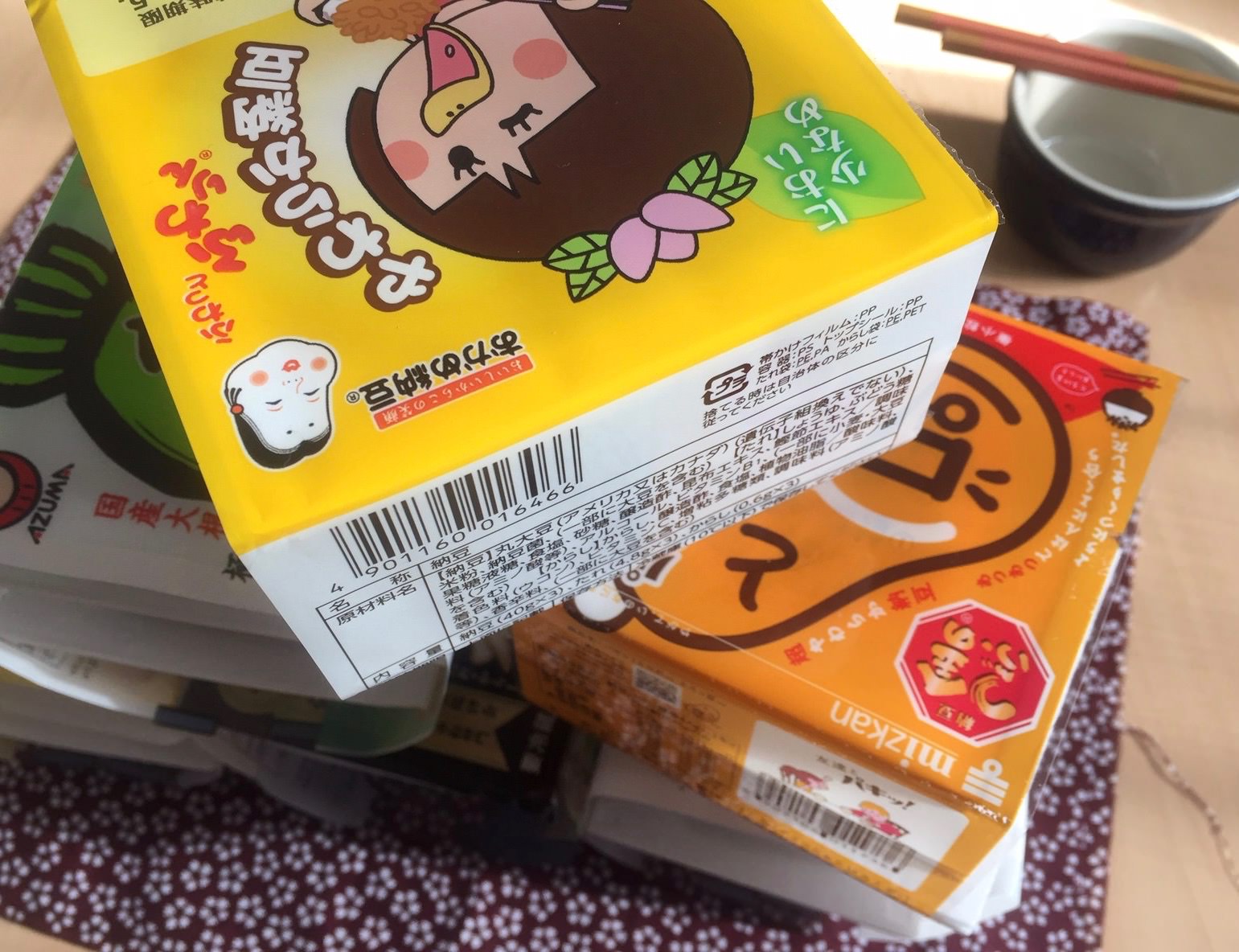What are the differences between legumes and pulses?
You may not have yet heard of the term “pulse or legume” as it relates to food. But the chances are that you eat these nutrition-packed superfoods regularly.
But what's the difference between pulses and legumes? Pulses are the dried edible seeds of various legumes. They include lentils, dried peas, and beans. While the entire plant, fresh fruits, and sprouts are classified as legumes.
Legumes
A legume is a plant that develops seeds inside protective pods. Sprouts and pods of some legumes are picked and eaten fresh. Or frozen or pickled for later use.
Another characteristic of legumes are the nodules on the roots of legumes plants. The nodes are home to nitrogen-fixing bacteria. The bacteria and legume have a beneficial symbiosis that also benefits surrounding plants, and improves soil fertility.
There are thousands of different types of legumes. However, one of the most well-known legumes is the peanut. Other legumes include English peas, alfalfa, soybeans, green beans, and snow peas.

Pulses
Pulses are a group of 12 legumes that includes chickpeas, dry beans, dry peas, and lentils. Pulses are the edible dry seeds of the legume family. Pulses come in a variety of colors, shapes, and sizes and grow in pods.
Pulses have been used for thousands of years and form the base of hummus, dal curry, and the British classic breakfast of baked beans on toast.

History and future of pulses and legumes
Humans have a long history of consuming pulses. They have been cultivating these crops for more than 11,000 years.
The first written mention of humans eating pulses comes from Homer’s famous Greek poem “The Iliad.” Archeologists have also found evidence that humans grew chickpeas and other pulses dating back to the 7th Century B.C.
Today, global pulse production is increasing on a yearly basis. Legumes crops are often grown developing countries and arid regions that are unable to support livestock. And in more fertile regions legumes are grown on a massive scale and are major exports of the United States and Canada. In fact, global pulse production has nearly doubled in the last three decades. Experts estimate that global pulse production will once again double by the year 2050 as the demand for plant-based proteins grows.

Why grow Legumes in your garden?
Pulses and sustainable agriculture

Helps Other Crops Grow

Low Carbon Footprint

Less Water

Why eat legumes and pulses?
Nutritious
Although they are small, pulses pack quite the nutritional punch. They have twice the amount of protein as wheat and three times as much as rice. Plus, pulses are not pumped full of antibiotics or growth hormones like animal sources of protein, such as chicken and beef. Pulses are rich in many important vitamins, including calcium, zinc, folic acid, potassium, and magnesium.
Heart-healthy
Diets that are rich in pulses can help lower the risk of heart disease in several ways. Pulses contain no cholesterol. Additionally, they have high levels of fiber, which binds to cholesterol in the gut and is removed as passes through the body. This action lowers cholesterol levels and keeps it from building up in arteries. This improves overall heart health.
Good For Weight Control
Eating lots of pulses can enhance your weight loss efforts. Researchers found that eating pulses can help you feel fuller. Stopping your cravings for junk food, according to the same researchers. Up to 90 percent of weight-loss diets fail. Part of the reason why they fail is likely due to food cravings and hunger. Because pulses contain high levels of fiber, they help you feel full for longer.




